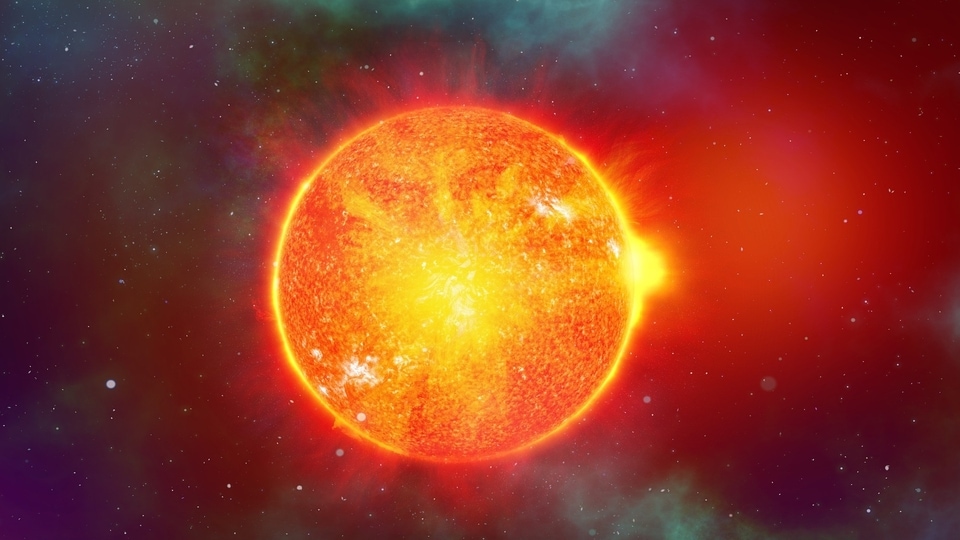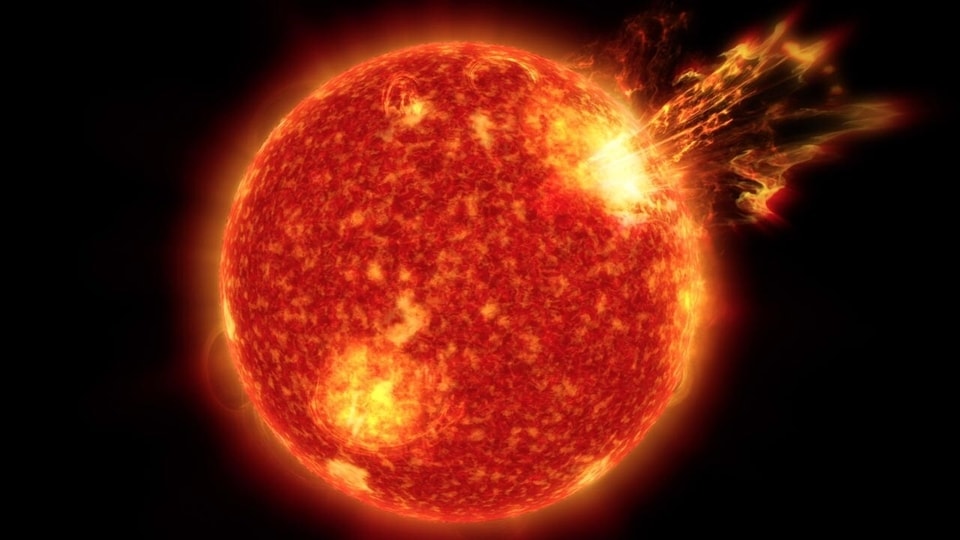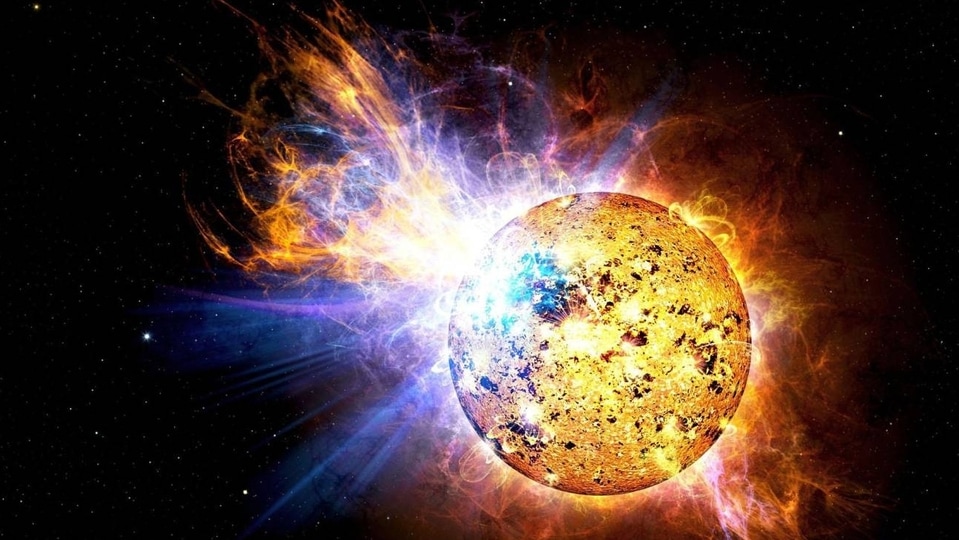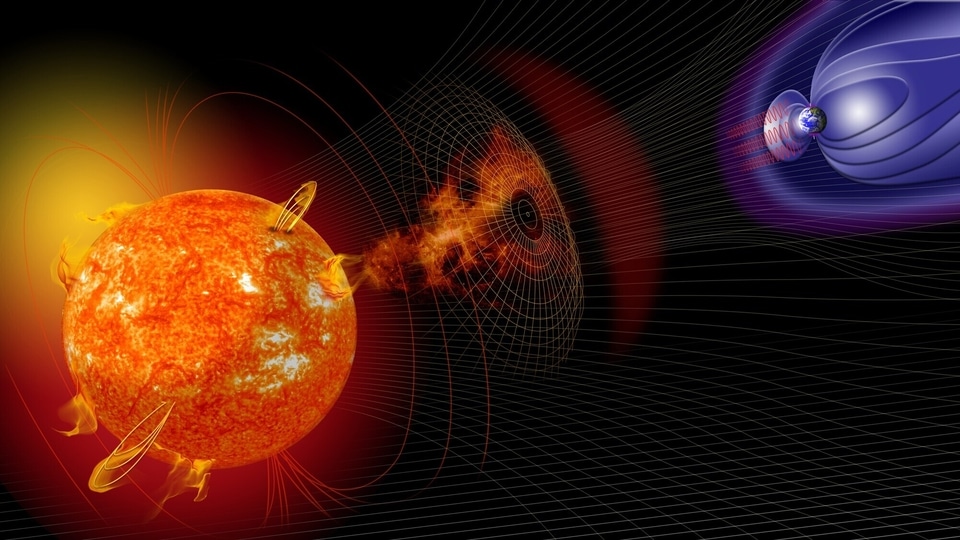Geomagnetic storm threatens radio communications! Blackouts possible
Upcoming solar storm threatens radio blackouts as increased sunspot activity raises geomagnetic storm concerns. NOAA warns of potential disruptions.






 View all Images
View all ImagesA new geomagnetic storm is set to unleash its fury, potentially resulting in radio blackout in the coming days. Recent reports from SpaceWeather.com reveal increased activity in the eastern limb of the Sun, with the emergence of four new sunspots. Although a bright CME that occurred on July 28th will not directly hit Earth, there are concerns that future CMEs from the new sunspots could impact our planet. Brace yourselves for the potential aftermath of these upcoming CMEs.
Warning and Potential Impact on Radio Communications
According to the three-day report by the National Oceanic and Atmospheric Administration (NOAA), minor G1-class or greater geomagnetic storms are expected soon. This could lead to R1-R2 (Minor-Moderate) radio blackouts from July 28th to 30th.
The impact of such radio blackouts may result in a limited disruption of High-Frequency radio communication on the sunlit side of the Earth, causing a temporary loss of radio contact for several minutes.
NASA's Approach to Tracking Solar Weather Events
To track solar weather events like these, NASA scientists employ an array of ground- and space-based sensors and imaging systems. Telescopes are strategically positioned to detect various forms of light, including visible light, ultraviolet light, gamma rays, and X-rays. Particle detectors are used to monitor ions and electrons, while UV and visible cameras observe the auroral patterns above the Earth.
Earlier today, during a geomagnetic storm, skywatchers spotted an aurora-like phenomenon called STEVE in the dark sky. STEVE, which stands for Strong Thermal Emission Velocity Enhancement, resembles auroras but has distinct differences. NOAA experts clarified that it is caused by a ribbon of hot gases rather than particles like electrons and protons, which form traditional auroras. STEVE showcases mesmerising dancing lights in shades of purple and green.
As we prepare for the potential geomagnetic storm, staying informed about updates from space agencies is crucial to mitigate any possible adverse effects on our radio communications and technological systems.
Catch all the Latest Tech News, Mobile News, Laptop News, Gaming news, Wearables News , How To News, also keep up with us on Whatsapp channel,Twitter, Facebook, Google News, and Instagram. For our latest videos, subscribe to our YouTube channel.































